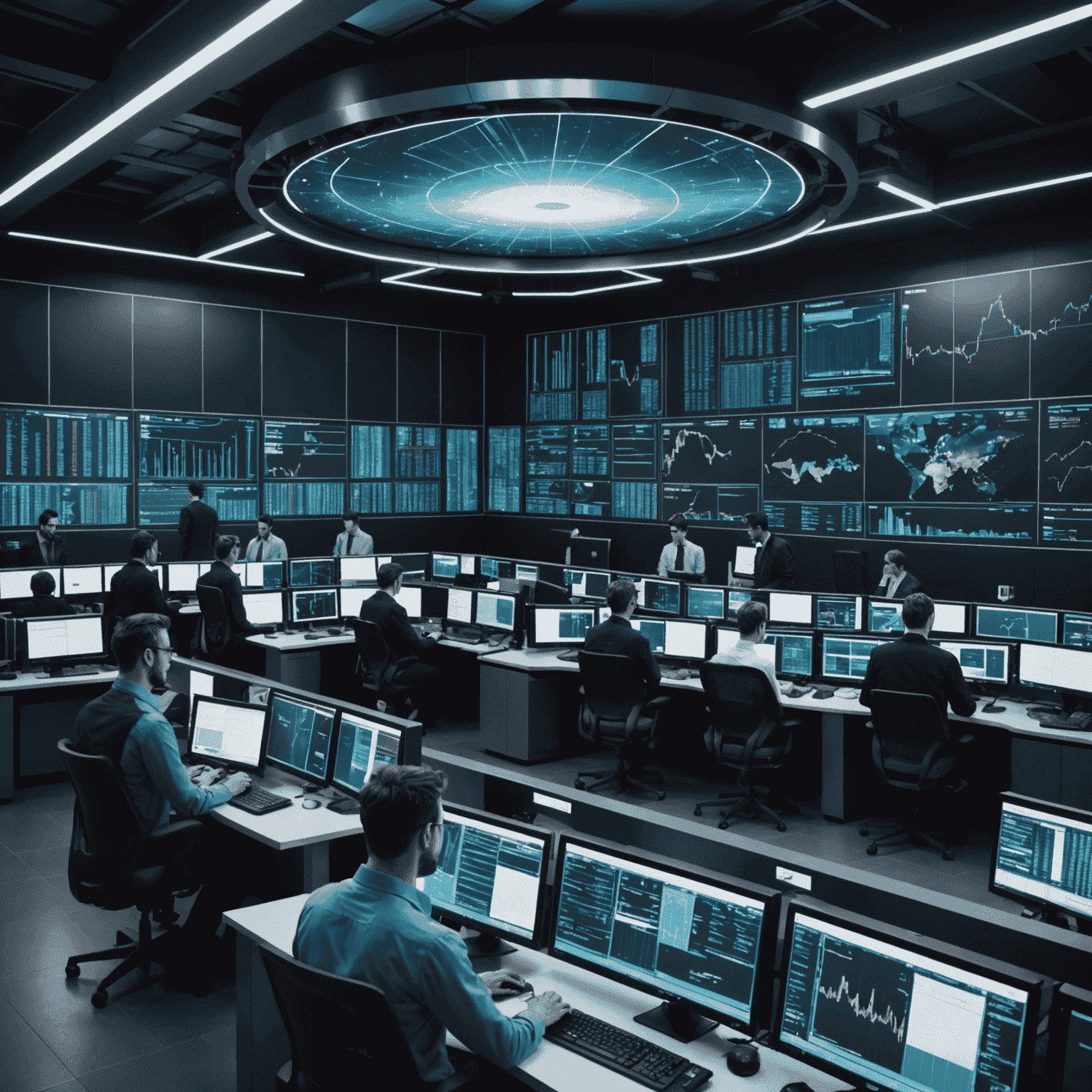Algorithmic Trading Breakthroughs: Reshaping Market Dynamics

Recent advancements in algorithmic trading are revolutionizing the financial landscape, offering unprecedented opportunities for smarter market navigation through AI analytics.
The Rise of AI-Powered Trading Algorithms
The integration of artificial intelligence into trading algorithms has marked a significant leap forward in the world of finance. These sophisticated AI trading systems can now analyze vast amounts of data in real-time, identifying patterns and trends that would be impossible for human traders to detect.
Impact on Market Liquidity and Efficiency
One of the most notable effects of these algorithmic trading breakthroughs is the dramatic increase in market liquidity. AI-driven trading bots can execute thousands of trades per second, narrowing bid-ask spreads and reducing transaction costs for all market participants.
Key Benefits of AI in Algorithmic Trading:
- Enhanced market efficiency
- Improved risk management
- Faster execution speeds
- More accurate price discovery
Machine Learning Models in Predictive Analytics
Advanced machine learning models are now at the forefront of predictive analytics in trading. These models can adapt to changing market conditions, learning from new data to refine their strategies continuously. This dynamic approach allows for more robust and flexible trading algorithms that can navigate complex market scenarios.

High-Frequency Trading (HFT) Evolution
High-frequency trading has evolved significantly with these new algorithmic breakthroughs. Modern HFT systems leverage sophisticated hardware and ultra-low latency networks to execute trades in microseconds, capitalizing on minute price discrepancies across global markets.
Ethical Considerations and Regulatory Challenges
As AI-driven algorithmic trading becomes more prevalent, it raises important ethical questions and regulatory challenges. Market regulators are working to keep pace with these technological advancements to ensure fair and stable markets for all participants.
Regulatory Focus Areas:
- Algorithm transparency
- Market manipulation prevention
- Systemic risk management
- Fair access to trading technologies
The Future of Algorithmic Trading
Looking ahead, the future of algorithmic trading appears bright and full of potential. As AI and machine learning technologies continue to advance, we can expect even more sophisticated trading strategies that can adapt to increasingly complex market conditions. The integration of quantum computing may also open up new frontiers in algorithmic trading capabilities.
These algorithmic trading breakthroughs are not just changing how trades are executed; they're fundamentally altering the dynamics of financial markets. As we continue to navigate this new landscape, the ability to leverage AI analytics for smarter market navigation will become increasingly crucial for success in the world of finance.